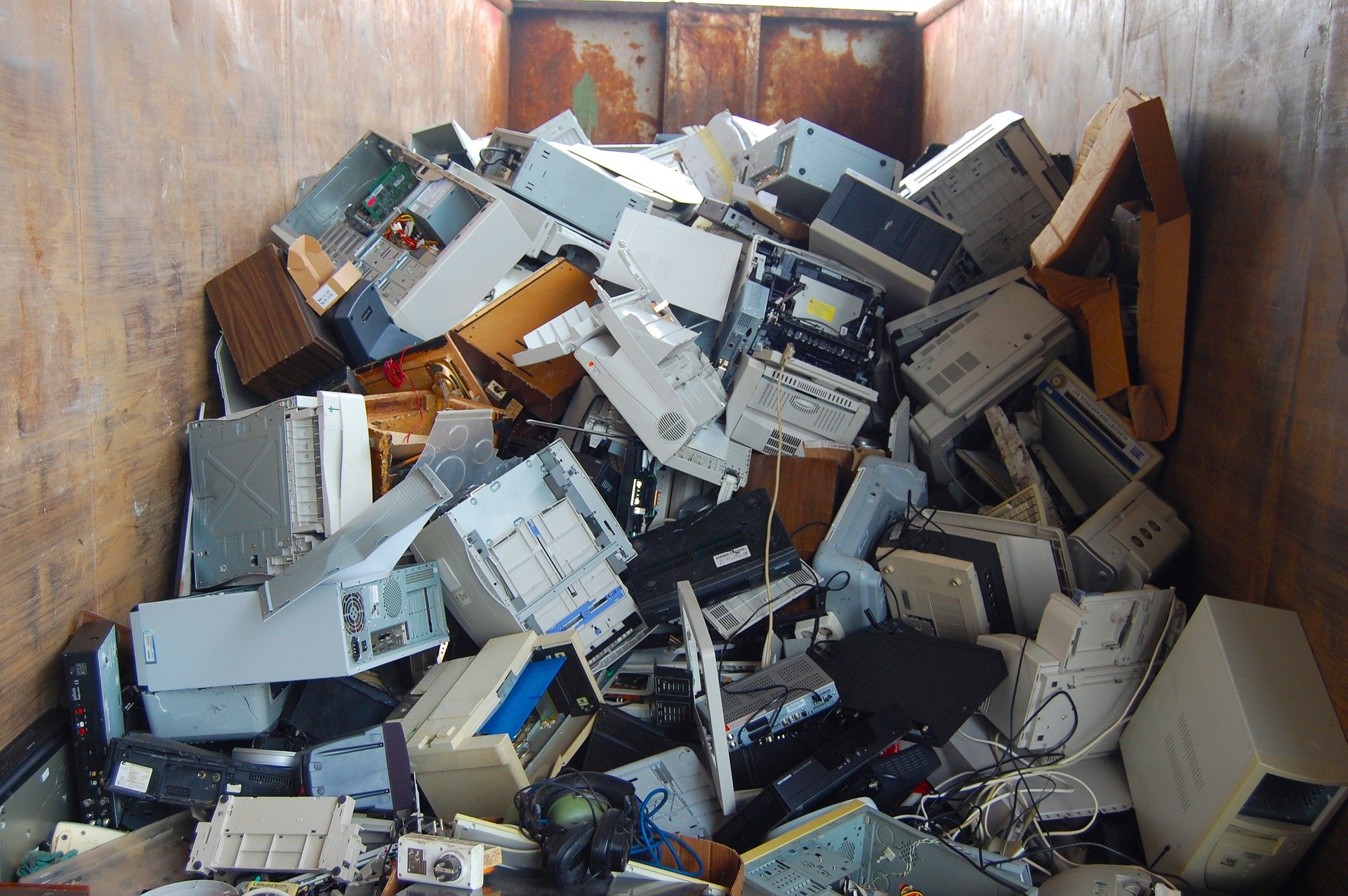
You know how it is: As soon as the warranty period of a device has expired, it breaks. Usually it’s just a small thing, but repairing it is impossible because there are no spare parts. Or you can’t open it because everything is glued instead of screwed. Or the repair would be more expensive than a new purchase. So the washing machine, television or refrigerator ends up in the trash.
According to a Eurobarometer survey, however, 77% of EU citizens would rather repair their appliances than replace them. According to 79% of the respondents, manufacturers should be required by law to make it easier to repair digital devices or replace their individual parts. EU Commissioners want to grant consumers a “right to repair” in the future, be it through the extension of warranties, guarantees for replacement parts or better access to information on repair and maintenance.
There have already been initial successes. From 2021, for example, television manufacturers will have to keep power supply units and other important components in stock for seven years. However, Europe-wide regulations for other devices such as laptops, cell phones, etc. do not yet exist. France is now moving ahead with new regulations of this kind by introducing a “repair index” for washing machines, electric lawn mowers, televisions, PCs, tablets and smartphones as of 1 January 2021. This “Indice de réparabilité” will allow buyers to see how easily and inexpensively the appliance can be repaired.
Five criteria
This index is calculated on the basis of the “loi anti-gaspillage” (law against waste), which was enacted in February. Not only are prices for spare parts calculated, the product is also judged in accordance with five criteria: the quality of the documentation provided by the manufacturer, the possibilities for disassembly, the availability of spare parts, the price of spare parts and the nature of the product itself. For example, a washing machine is assessed differently than a smartphone, which has a shorter lifespan due to its limited software support. In the end, the sum of all these costs is put in relation to the purchase price of the device.
Now all products sold in France as of January 1 must display a repairability value on the packaging, label or online product sheet. The repairability rating is on a scale of 1 to 10, with 10 indicating the devices with the best repairability. They are marked, indicating how the product grades on the 1 to 10 scale in a logo with a wrench, in color gradations from green for very good to red for very poor.
Beginning 2024, France also plans to introduce a mandatory “durability index” to complement the repair index.








